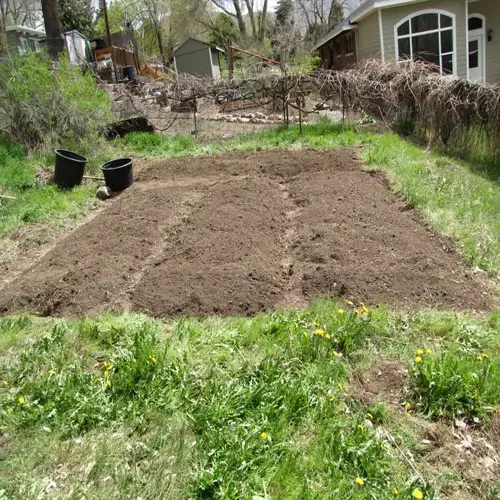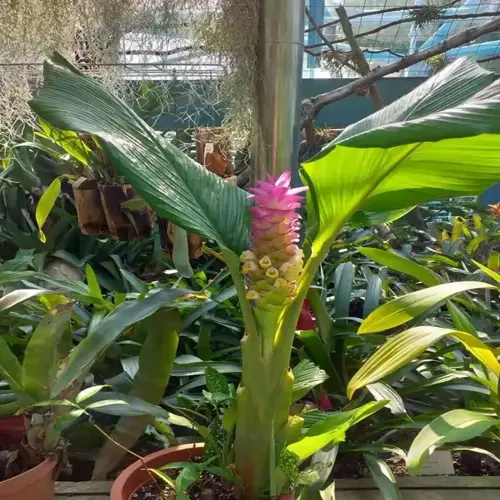Can you replant succulents without existing roots?

Written by
Julia Anderson
Reviewed by
Prof. Charles Hartman, Ph.D.Rootless succulents flourish when relocated using the special procedures I have perfected over the years. The secret is in a careful callousing and specific placement of the node. Most horticulturists panic when a plant develops root rot and/or any resulting damage. With the appropriate techniques, these plants bounce back nicely, creating a stronger root structure than previously.
Callousing Process
- Dry stem ends for 5-7 days in shaded airflow
- Form complete protective seal before soil contact
- Check for hardened whitish tissue at cut sites
Node Positioning
- Identify swollen root node bumps along stems
- Bury at least one node 0.5-inch below soil
- Nodes contain concentrated root-forming cells
Stabilization
- Insert support sticks alongside stems
- Use soft ties allowing slight movement
- Remove supports after 4 weeks when anchored
Moisture Control
- Water only when soil dries 1-inch deep
- Avoid misting directly on stems
- Use bottom-watering for delicate specimens
Callousing duration varies significantly based on the cutting type. Thin-stemmed Sedums will callous in 4 days, while thick fleshy Haworthias take 10 days. To check readiness, I can gently touch my cut end and feel for a hardened crust. If the calloused ends are properly sealed, pathogens cannot invade, and moisture can be retained. This biological layer enables rooting to occur.
Node identification will be your most important skill. Look for tiny bumps where leaves used to be attached. These bumps contain meristematic cells, which will differentiate into roots. I even use edible food coloring to mark the nodes precisely. Burying the nodes will promote rooting, and the auxin concentration will hasten growth above at a faster rate.
Stabilization techniques also help stop damaging movement with the delicate rooting. Now, use some bamboo skewers poked into the ground, about 1 inch from the stems. Tie it to the bamboo skewers using soft fabric strips that allow gentle micro-movement. Just hold it gently and allow it to develop a stronger root system, much more than fixating it rigidly. After four weeks, when light tugs on the plant fibers meet resistance, I remove the supports.
Watering discipline is what separates the successful from those who fail. Succulents without roots absorb moisture through their stems, not their roots. Water the soil, but keep it slightly damp. Mist with a spray bottle, focusing on the soil only, not the plant. This can be done once a week or even less frequently. I lift the pots daily, feeling the weight to understand when moisture is needed. Overwatering a succulent will eventually drown the plant until the roots reestablish themselves.
Recovery monitoring can identify potential issues as they arise. Healthy plants display plumping stems in less than 10 days. Wrinkles indicate insufficient water, and mushiness suggests a rotted problem; correct it immediately with moisture or airflow adjustments. Your diligence is turning damaged plants into flourishing specimens.
Read the full article: How to Propagate Succulents: A Complete Guide

